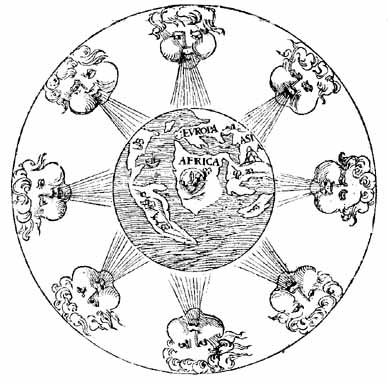Three-year PhD studentship in the history of atomic, molecular and orbital iconography: Deadline 17 June
AHRC Collaborative Doctoral Award: Atomic, Molecular and Orbital Iconography in Post-War Design
The Department of History of Design at the Royal College of Art and Science Museum are pleased to invite applications for one funded three-year PhD studentship in the history of atomic, molecular and orbital iconography
The history of X-ray crystallography’s development and subsequent impact on our understanding of the physical world is well-researched within the history of science; less well known is the role played by these new images and concepts in physically forming spaces and objects of daily life in the period.
Drawing particularly on the extensive X-ray crystallography related collections at the Science Museum and the Museum’s collection of 1950s household objects as well as archives and oral histories, the project will investigate the relationship between scientific discovery, the popular dissemination of science and design (including but not limited to textile, furniture and product design, architecture, graphics and fashion) in postwar Britain. Ideally, the project will contribute new knowledge of the impact of scientific discovery and its popular imagery on design practice and production, and raise awareness within the history of science of the importance of particular choices for data visualisation on the course of scientific understanding and discovery. A more concrete objective is to contribute to the planned Making Modern Science Gallery at the Museum.
The PhD research will be guided by the following fundamental questions:
•How do newly-developed representational technologies such as visual images and 3D models impact the formation and understanding of scientific concepts, both at the professional and public levels?
•Conversely, how do scientific concepts impact designers’ work with scientific imagery, and the development of representational technologies for scientific communication, both within scholarly communities and in the public sphere?
•How do non-verbal forms of communication such as images, objects and spaces mediate the communication of professional scientific knowledge and popular understandings of science communicated between the scholarly and popular worlds?
The project should address these larger questions through the following research-specific questions:
•What was the effect of new representational technologies on the conceptualisation of science in Britain c. 1945-60; for example, how did the ‘ball and stick’ method of constructing models impact the development of abstract thought regarding the role of molecular structure in biology and the new field of genetics?
•How were these concepts translated into the surface and 3D designs of postwar British textile, furniture and product designers, such as (but not limited to) the Festival Pattern Group?
•More broadly, what can historical research reveal of the significance of the ‘atomic’, ’molecular’, ‘orbital’ and other motifs based on scientific imagery and found in the iconography of postwar 2D and 3D design?
•How did these representations of scientific concepts impact the status in science and popular conceptualizations of life and matter in postwar Britain?
The student will supervised by Dr. Sarah Teasley (Royal College of Art) and Dr. Peter Morris (Science Museum).
This studentship has been funded by the Arts and Humanities Research Council. The AHRC Collaborative Doctoral Award In the 2011/2012 academic year full-time awards provide a maintenance grant payment of £15,590 p.a. and fees of £3,732 p.a. In addition to these amounts, the AHRC will pay an additional £500 per annum in April to students in receipt of a full award. Please note that this award does not cover the Royal College of Art’s top-up fee of £3,768.
By the commencement of the PhD studentship in October 2011, applicants should have completed a good first degree and a postgraduate degree in a relevant subject such as the history of science, the history of design, art and design practice, material culture, the history of art or modern British history. Applicants must also be UK or EU citizens and be ordinarily resident in the United Kingdom. Further information on eligibility requirements is available in the Guide to Student Funding on the AHRC website: http://www.ahrc.ac.uk.
To apply, complete an online application by going to: http://applications.rca.ac.uk
Select AHRC CDA – History of Design/Science Museum 2011/12 (PhD only) under the Course section of the application form. You must include a detailed research proposal (max. 1,000 words) and indicative bibliography with your application. Details on what to include in a research proposal are available from www.rca.ac.uk/admissions.
The deadline for applications is Friday 17 June.
More information:
Applicants are welcome to contact the RCA Research Office at research@rca.ac.uk with informal inquiries concerning the application process, or Sarah Teasley at sarah.teasley@rca.ac.uk for informal inquiries concerning the project.
It is anticipated that interviews will take place at the Royal College of Art during the week of 11-15 July.
http://www.rca.ac.uk/Default.aspx?ContentID=511956&CategoryID=36647

